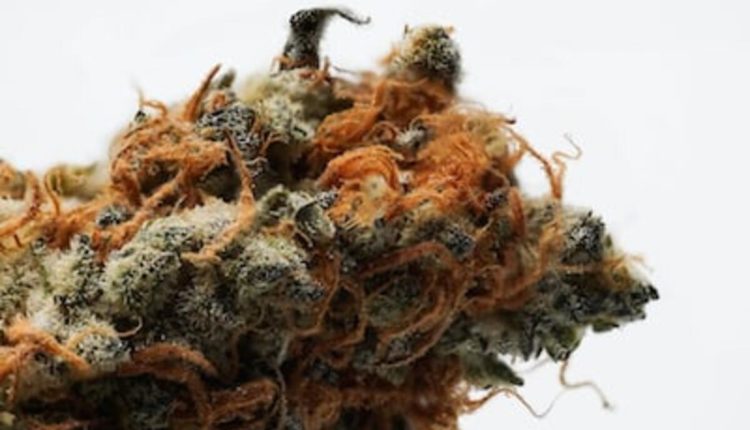There are now 15 states where medical marijuana is permitted. Since marijuana remains illegal at the federal level, these states’ rationales for legalizing it for medical purposes must be compelling. In reality, medical marijuana effectively treats various illnesses and their associated symptoms. The actual Interesting Info about GOLD COAST CLEAR DISPOSABLES.
Cannabinoids: Natural Compounds with Powerful Therapeutic Potential
Cannabinoids can be a diverse group of active chemical substances found in the cannabis herb that interact with the body’s endocannabinoid system to help get a grip on essential functions such as feelings, pain, appetite, and sleep at night. Among the most studied cannabinoids are generally THC, known for its psychoactive effects, and CBD, more popular for its calming and beneficial properties without causing some sort of “high. ” As the study continues to uncover their wide-ranging health benefits, clones for sale are becoming some sort of central focus in the career fields of medicine, wellness, and substitute therapies, offering new traumas managing chronic conditions along with improving the overall quality of life.
The Ultimate Guide to Weed: Benefits, Risks, and Legal Insights
Pot, also known as cannabis or pot, has sparked global discussions due to its medical, recreational, along legal implications. As international locations revise regulations and public perception shifts, understanding weed’s effects, uses, and innovating legality is more important than previously. Clones for sale near me, from pain relief to nervousness reduction, their potential positive aspects are significant, and so are the concerns. In this guide, many of us explore everything you need to know about pot in today’s world.
1. The symptoms of gastrointestinal illnesses like Crohn’s have been proven to be alleviated by medical marijuana in several trials. Marijuana’s cannabinoids stimulate a receptor called CB2, which may reduce gastrointestinal (GI) inflammation, discomfort, and edema.
2. Chronic pain is the most common reason people seek medicinal marijuana treatment. Cannabis, unlike opiates, inhibits pain in the central nervous system by altering neurochemical signaling differently. Since they work in opposite directions, opiates, and marijuana could work well together as analgesic supplements.
3. Degree nausea and vomiting are the most common reasons people use medical marijuana, such as chemotherapy or radiotherapy, for cancer. The effects of medical marijuana for wasting and nausea are often startling. In addition, using medical marijuana, people can put on as much as 50 pounds.
4. The usual drugs for severe muscle spasms can sometimes leave patients tired or weak. When patients automatically tense and resist stretching, this is known as a muscle spasm. However, medical marijuana users who sought relief from muscle spasticity and discomfort reported feeling much better after using the drug.
5. Cancer – There are five ways medical marijuana benefits cancer sufferers. It lessens pain, eases anxiety, stimulates hunger, and prevents vomiting.
6. Glaucoma is a condition where the intraocular pressure rises and cannabis has been demonstrated to lower this pressure. For around 4 hours, they effectively treat elevated IOP.
7. Cachexia, often known as wasting syndrome, affects more than half of cancer patients and manifests as a severe loss of lean body mass. Patients with AIDS may also lose weight. THC has been linked to a threefold increase in adherence to antiretroviral drug regimens and a weight gain of 40–50 pounds in HIV patients.
8. Cannabinoids in medicinal marijuana may protect from glutamate toxicity, a factor in amyotrophic lateral sclerosis. Given that people with ALS have elevated levels of glutamate in their brain tissue, spinal fluid, and serum, this could be a huge help. One possible neuroprotective effect of marijuana is that it reduces glutamate toxicity. Patients also report improvements in pain and spasticity, increased appetite, and reduced drooling, all of which are common complaints among those living with ALS.
9. HIV and AIDS patients, like cancer patients undergoing chemotherapy, greatly benefit from its ability to increase appetite.
10. Patients with multiple sclerosis (MS) may receive relief from spasticity, tremors, imbalance, depression, and exhaustion when using marijuana.
The legitimate medical uses for marijuana cannot be dismissed despite the continuing social stigma. The good news is that a movement is underway to legalize its use by disabled patients in need in more states.
Read Also: Ways To Get Cheap Health Insurance Plan?


